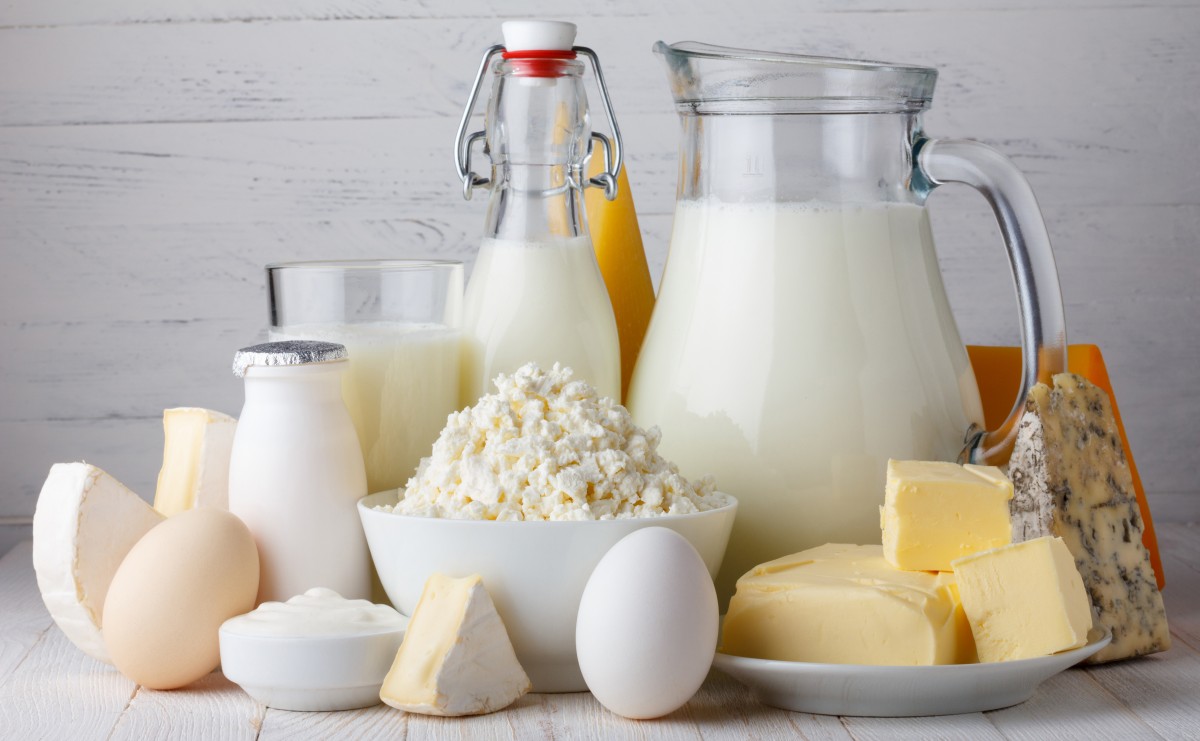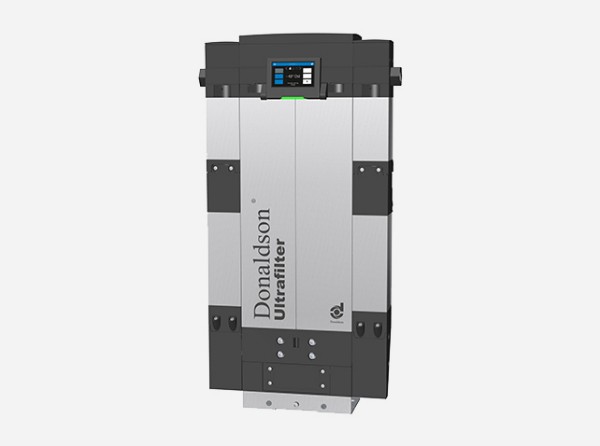Overview
Dairy foods are subject to stringent food production safety regulations. Dairy food processors must comply with the latest certifications and requirements. Taking a chance with what appears to be cost-saving equipment is risky. If that equipment doesn’t meet regulatory and/or inspector requirements, or doesn’t arrive in time to meet critical project deadlines, it may end up costing much more in the end.

Donaldson filtration products are used throughout the dairy foods manufacturing process. Our liquid, steam, and sterile air solutions assist in a variety of dairy food production including yogurt, cottage cheese and ice cream. Our products help manufacturers across the globe reduce the risk of contamination and meet regulatory requirements - from the beginning of the process through the packaging of the product.
Raw milk is supplied from a number of different sources with varying levels of contamination due to supplier handling and transportation. Types of contamination include dirt, rust and grime from shipping containers, and various sizes of organic and inorganic particulates. If left unchecked, particulates can degrade the quality of milk and contaminate the manufacturing process.
Products
Applications

- Central Compressed Air Drying and Filtration
Purified, filtered air is required in dairy processing facilities. Airveyors, packagers, palletizers, and general pneumatic equipment should be supplied with clean, dry air to prevent malfunction.
- Point-of-Use Compressed Air
Food and beverage facility applications, including dairy food processing, require point-of-use air filtered to a sterile condition. Sterile air can be used in a number of ways: blanketing of the packaging area, as a motive force for raw materials, and as a motive force for mixing ingredients.
- Prefiltration with Filtration up to Ingredient Water
Process water is that which indirectly comes into contact with the final product, such as water used for rinsing after chemical disinfection or rinsing of bottles. Ingredient water is that which comes into direct contact with the product, such as water that actually becomes part of the final product. In both cases, the water is considered to be a raw material just like milk. As such, the conversion and inspection processes for this material are clearly defined.
- Steam Filtration
- Sterile Compressed Air/Sterile Air for Vent Applications
- Sterile Tank Ventilation
- Sterile Air in Packaging or Filling Machines
- Sterile Air in Mixing Ingredients
- Sterile Air for Raw Material
Regulatory
Best Practices in Dairy Processing Filtration

The processing of milk, cheese, ice cream and yogurt products is controlled by government agencies and regulations, including the FDA's U.S. Food Safety Modernization Act (FSMA) of 2010, as well as industry guidelines such as 3-A Sanitary Standards. At the heart of compliance is a Hazard Analysis and Critical Control Points (HACCP) plan or Hazard Analysis and Risk-based Preventive Controls (HARPC) plan for your facility. Filtration air, steam, and liquids that touch product or contact surfaces is central to HACCP and HARPC.
Each dairy processing facility will have unique needs, but in general, there are more than a dozen locations that require attention to filtration. Here are just some examples:
- Sterilization-in-place (SIP): Clean industrial steam to sterilize large systems without disassembly.
- Enzyme propagation: Sterile air and oxygen to facilitate the propagation process.
- In-line carbonation: Sterilize CO2 for pipe aeration systems and remove any hydrocarbons preent either from gas compression or from commercial CO2 combustion.
Working with a filtration partner can help you design a filtration system that meets sanitary standards and is also cost-efficient.
To provide a starting point, Donaldson offers these complimentary resources:

Regulatory and Best Practice Overview:
A summary of applicable filtration and sanitary design standards for liquids,
steam, and sterile air use in food and beverage processing.

Filtration Map for Yogurt:
A diagram illustrating common control points in yogurt processing facilities,
along with filtration solutions to consider at each point.

Filtration Map for Cheese:
A diagram illustrating common control points in cheese processing facilities,
along with filtration solutions to consider at each point.

Filter Maintenance Schedule:
A recommended filter replacement schedule for steam, compressed air, and
liquid filters in a process line, to optimize both safety and cost efficiency.
Articles





